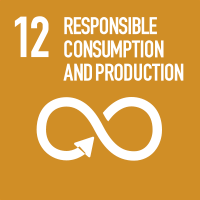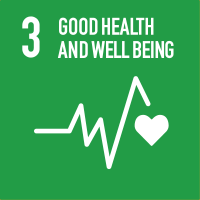Studying at the University of Verona
Here you can find information on the organisational aspects of the Programme, lecture timetables, learning activities and useful contact details for your time at the University, from enrolment to graduation.
Study Plan
The Study Plan includes all modules, teaching and learning activities that each student will need to undertake during their time at the University.
Please select your Study Plan based on your enrollment year.
1° Year
| Modules | Credits | TAF | SSD |
|---|
2° Year activated in the A.Y. 2024/2025
| Modules | Credits | TAF | SSD |
|---|
3° Year It will be activated in the A.Y. 2025/2026
| Modules | Credits | TAF | SSD |
|---|
| Modules | Credits | TAF | SSD |
|---|
| Modules | Credits | TAF | SSD |
|---|
| Modules | Credits | TAF | SSD |
|---|
Legend | Type of training activity (TTA)
TAF (Type of Educational Activity) All courses and activities are classified into different types of educational activities, indicated by a letter.
Pharmacology, Anesthesia and Dental Emergencies - Pharmacology for the Dental hygienist (2024/2025)
Teaching code
4S000902
Teacher
Credits
2
Language
Italian
Scientific Disciplinary Sector (SSD)
BIO/14 - PHARMACOLOGY
Period
CLID ROV LEZIONI 1 SEMESTRE A.A. 2024/25 dal Oct 1, 2024 al Dec 20, 2024.
Courses Single
Not Authorized
Program
Development of new drugs and clinical research; sources of information on the effectiveness of drugs and guidance on their use; adverse drug reactions and benefit-risk ratio; polytherapy and drug interactions, the concept of tolerance and drug addiction; use of drugs in current practice with in-depth study of the concepts of therapeutic appropriateness and pharmacovigilance. Pharmacokinetics: follow the fate of drugs in the body by describing the phases of absorption, distribution, metabolism and elimination; study of the concept of bioavailability and main pharmaco-kinetic parameters; characteristics, advantages and disadvantages of the different routes of administration. Pharmacodynamics: sites of action of drugs. classification of receptors and drug-receptor relationship, dose and posology, dose-effect relationship. Biological drugs. Special Pharmacology: main drug classification criteria; In-depth study of the mechanism of action and the therapeutic and adverse effects of analgesic and anti-inflammatory drugs, local anesthetics, antithrombotic and anticoagulant drugs. Principles of therapy and antibacterial prophylaxis, correct use of antibiotics and strategies for combating antibiotic resistance. Classification of antibiotics according to the spectrum of action.
Bibliography
Didactic methods
Frontal lesson in the classroom, presentation of the topics through slides, concepts flanked by practical examples.
Learning assessment procedures
Written exam consisting of multiple choice tests.
Evaluation criteria
Knowledge related to the topics covered during the course will be investigated, both for the general and systematic pharmacology part. Some questions will refer to precise definitions and concepts, while others will imply greater ability to connect the topics. The score of the individual answers will therefore be weighted.
Exam language
ITALIANO


